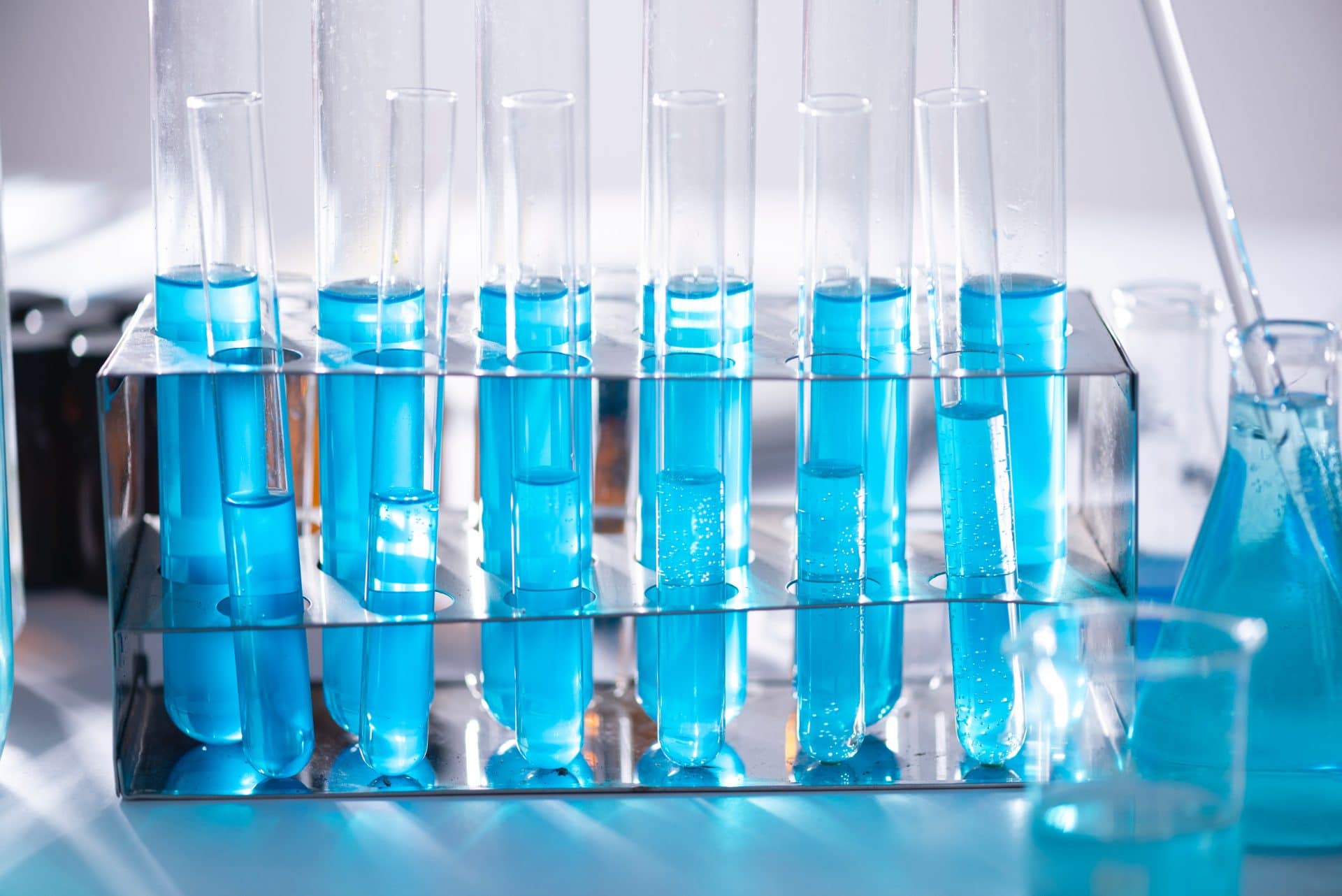Deionized Water & Ion Exchange Processes
Deionized Water & Ion Exchange Processes
Deionized Water
When it comes to finding a water treatment solution for an industrial or commercial application, and more specifically for any manufacturing application, it is important to develop the appropriate water treatment solution. Having the wrong water treatment system in place in your facility could undermine the production throughout your process, potentially costing you tons of time and money. Knowing the difference is likely a job better handled by water treatment experts! There are some common keys to understanding the differences between the kinds of treated water and their respective treatment systems. For instance, distilled water is the most common kind of purified water and may often be confused with deionized water, but the two are certainly different. Distilled water and deionized water are both fit to drink, but deionized water is more pure. Distilled water conducts electricity whereas deionized water does not. This is critical in certain applications such as laboratory experiments.
Industries & Products That Use DI Water
• Pharmaceuticals
• The Beverage Industry
• Liquid detergents
• Immersion cooling applications
• Automotive applications
• Biochemistry applications
• Cosmetic products
• Cleaning electronic devices
• Cooling systems like ones used for laser welding
• A/C fire extinguishes
• Electronic Discharge Machining
• Cooling Towers
Ion Exchange Processes
For industrial and commercial applications, the portable ion exchange tank provides for higher flow rates and larger volumes of processed water per tank. The 6-, 8-, or 10-inch-diameter portable exchange tanks are loaded with a fully regenerated mix of Type II strong base anion (OH⁻ form) and strong acid cation (H⁺ form) exchange resins in the ratio of two volumes of anion to one volume cation. When exhausted, the tanks are returned to a central regeneration plant or water treatment provider (like Complete Water Solutions), where reprocessing of the resin mix takes place. Type II anion has higher capacity and offers less risk of amine odor slough-off. Generally, only “well-seasoned” anion is used for exchange tanks in drinking water applications. The intermix of resin will provide quality deionized water greater than one meg ohm •centimeter grade (less than 0.5 ppm TDS). At each installation, an inexpensive, specific-resistance monitor probe test light can be used to measure product water quality as well as to determine when the portable exchange tank of resin has become exhausted. These montioring devices eliminate overruns and are available in a range of 10,000 to 1 million ohms•centimeter.

DI Exchange Tanks
Complete Water Solutions offers High Purity DI Exchange Tanks, which are used in many lab applications. These tanks are constructed with Cation, Anion or Mix Bed applications. High purity applications with UV, .1 and .2 Absolute Cartridges.
EDI Filtration
Similar to regular deionization techniques, electro-deionization water filtration systems are suitable for creating lab pure water. All particles are completely removed from the purified water, making this ideal for lab and pharmaceutical work. There is a 95% water recovery rate with electro-deionization for additional benefits to this water filtration system. The units offered by Complete Water Solutions are low energy using for even more savings.

